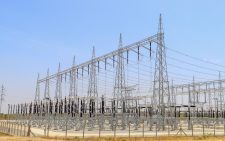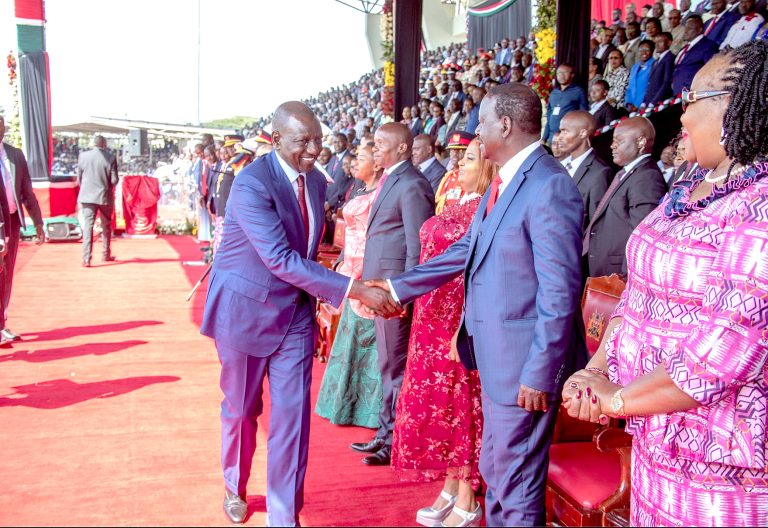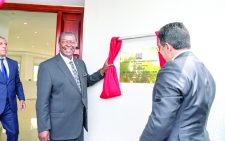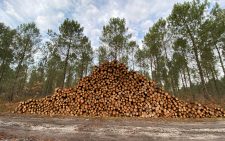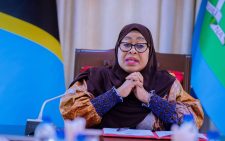Equip women to tackle effects of climate change
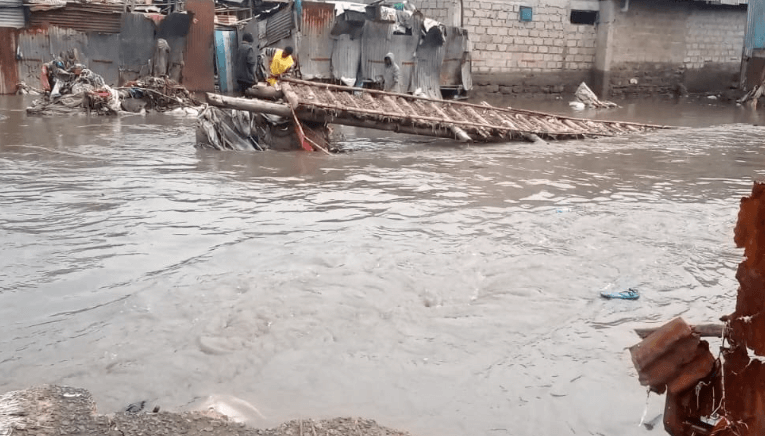
Floods hit Kenya starting in April, affecting people in 33 of the 47 counties, while also causing devastation that will not be easy to recover from. Many lives were lost right before our eyes, women and children were left more vulnerable, as humanitarian groups and individuals jumped into action to lend a hand where needed.
We were also hit by the death of one of us, admired human rights advocate Benna Buluma, popularly known as Mama Victor, who died on 24 April. This was as a result of ravaging floods in Nairobi’s Mathare estate. She was trapped in her house together with her family and all their lives were lost.
Nairobi has never experienced a flood of this velocity, and no, let’s admit that we did not see this coming. There was not much preparedness. But floods have ravaged Mombasa for years, though not as big as this year’s situation.
This case and many others seen during the flooding period provide additional proof that indeed women are more vulnerable than men to the impacts of climate change, mainly because they represent the majority of the world’s poor and are proportionally more dependent on threatened natural resources.
The difference between men and women can also be seen in their differential roles, responsibilities, decision-making, access to land and natural resources, opportunities and needs that are held by both sexes. Worldwide, women have less access than men to resources such as land, credit, agricultural inputs, decision-making structures, technology, training and extension services that would enhance their capacity to adapt to climate change.
In the same breadth, 70 percent of the 1.3 billion people living in conditions of poverty are women. In urban areas, 40 percent of the poorest households are headed by women. Women predominate in the world’s food production (50-80 percent), but they own less than 10 percent of the land. They represent a high percentage of poor communities that are highly dependent on local natural resources for their livelihood, particularly in rural areas where they shoulder the major responsibility of providing water for their household and energy for cooking and heating, as well as food.
In Kenya and the world in general, women still have limited access to and control of environmental goods and services; they have negligible participation in decision-making, and are not involved in the distribution of environment management benefits. Consequently, they are less able to confront climate change.
Climate change affects everyone, but it doesn’t impact everyone equally. There is a need to invest more in empowering women to deal with the effects of climate justice. By involving women in community planning and disaster response efforts, we can build stronger, more resilient communities that are better equipped to face the challenges of climate change.
Creating avenues that will support women to understand the impacts of climate change and their roles would be a key place to start. There is also an urgent need for women-aligned organisations to increase their support, especially on the Coast, for projects that mitigate climate change through planting trees like mangroves to protect coastal habitat. These trees play a great role during natural disasters, such as providing natural flood defenses.
We also need to encourage more funding organisations and donors to take into account women-specific circumstances when developing and introducing technologies related to climate change adaptation and to try their best to remove the economic, social and cultural barriers that could constraint women from benefiting and making use of them.




